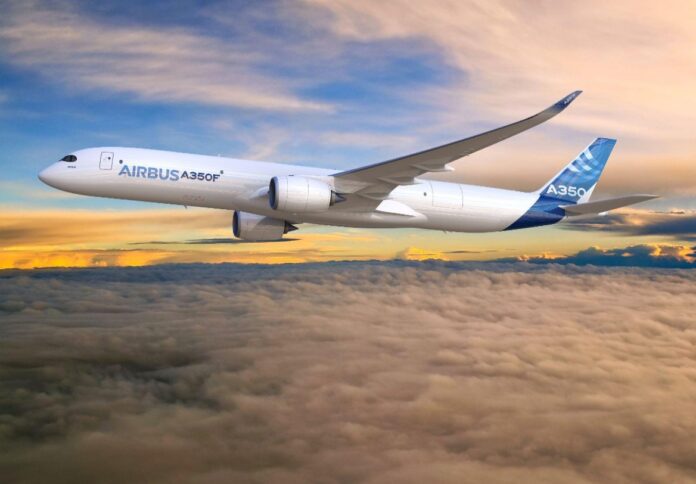
Airbus, a global leader in aerospace innovation, has unveiled projections indicating a robust surge in demand for freighter aircraft within the Asia-Pacific (APAC) region over the next two decades.
With the region witnessing significant economic expansion and heightened trade activities, Airbus foresees a requirement for approximately 400 widebody freighters by 2044, a figure that constitutes over a quarter of the global demand for such aircraft in the 40-tonne and above segment.
Addressing attendees at the prestigious Singapore Airshow, Crawford Hamilton, Airbus’s head of Freighter Marketing, emphasised the company’s preparedness to cater to this escalating demand, particularly with the introduction of the all-new A350F.
“As the world’s only all-new freighter, the A350F will be a step change in efficiency in competitive cargo markets,” remarked Hamilton.
“It will bring a reduction in fuel consumption and carbon emissions of up to 40% compared with the previous generation 747F and is the first freighter offered today that will meet ICAO’s enhanced CO? emissions standards in 2027,” he noted.
The A350F boasts an impressive operational range of up to 4,700 nautical miles or 8,700 kilometres, coupled with significantly lower operating costs than existing alternatives.
This capability positions it ideally to cater to major cargo hubs, including the pivotal Hong Kong to Anchorage route, recognized as one of the world’s busiest freight corridors.
With a maximum payload capacity of 111 tonnes and featuring the industry’s largest main deck cargo door, the A350F offers unparalleled flexibility for cargo operators.
Its expansive cargo door, 15 per cent wider than its closest competitors, enables the transportation of large engines and oversized freight with ease.
Moreover, with over 70 per cent of its airframe constructed from advanced materials, the A350F boasts a take-off weight 46 tonnes lighter than competing models, further enhancing its operational efficiency.
“With APAC set to become the largest region for international trade over the next two decades, the A350F, with its step change in efficiency, market matched capacity, and range, it is perfectly tailored to improve the operations of the carriers, by meeting diverse cargo demands while leading the charge towards a more sustainable future in air freight,” affirmed Hamilton.
Scheduled to commence operations in 2026, production activities for the inaugural A350F fuselage segments are slated to commence imminently, aligning seamlessly with the aircraft’s anticipated timeline.
The A350 Family, encompassing the A350F, has garnered over 1,200 orders from 57 global customers as of January’s conclusion, including commitments for 50 A350F units from nine prominent cargo carriers.
Concurrently, the A330neo Family continues to witness a surge in demand, with nearly 300 firm orders secured from 28 discerning customers.



















